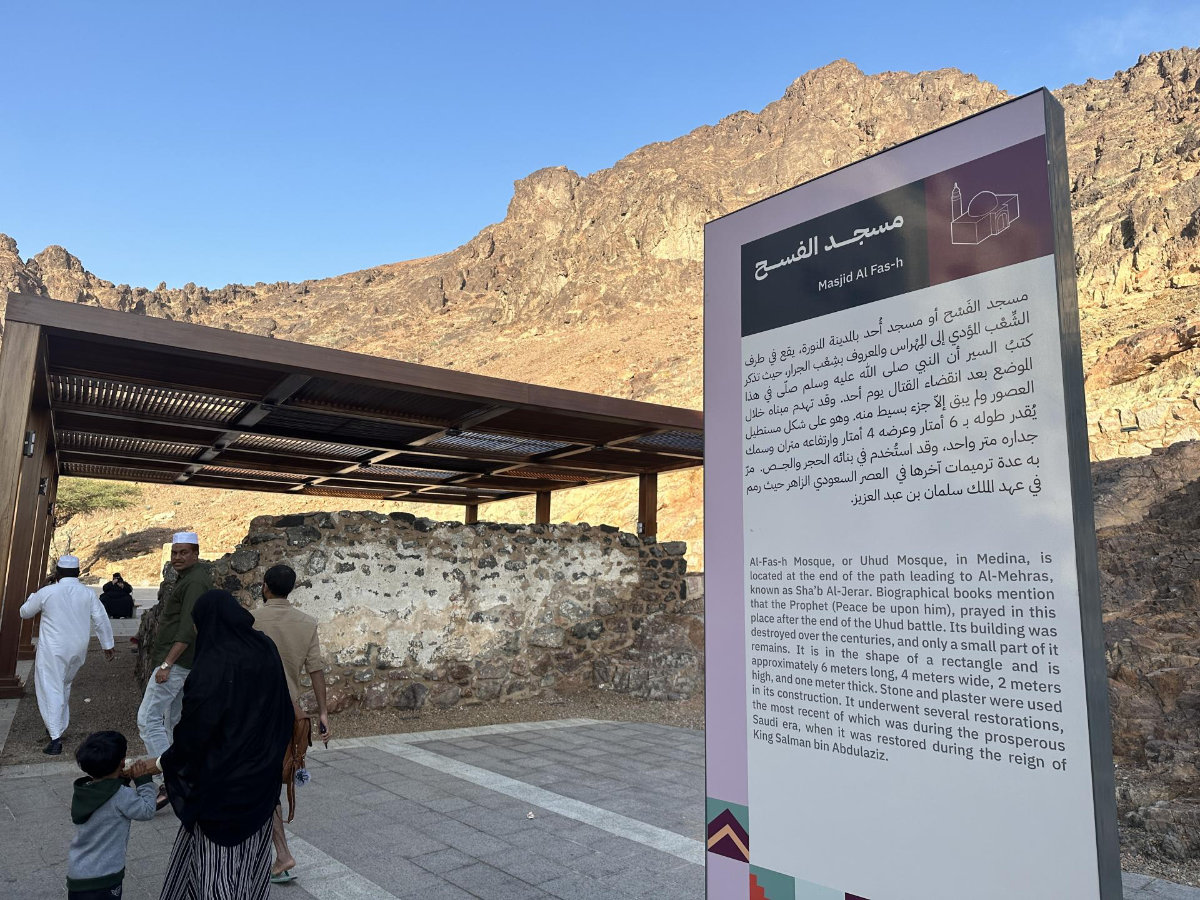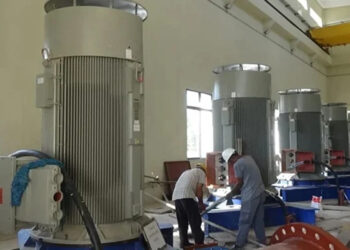The Saudi Heritage Commission has successfully restored Al-Fas’h Mosque, also known as the Uhud Mosque, a site of profound historical and spiritual importance in Islam. Believed to be a place where Prophet Muhammad (PBUH) once prayed, the mosque draws visitors from across the globe.
Situated at the base of Mount Uhud, approximately 4.5 kilometers north of Al-Masjid Al-Nabawi in Madinah, this mosque lies in a region steeped in Islamic heritage.



Historian Dr. Fouad Al-Maghamsi has emphasized its significance within the broader historical context of Uhud, which encompasses landmarks such as Jabal Al-Rumah and Wadi Qanat.
Dr. Al-Maghamsi described the mosque as having remnants enclosed by a stone wall about 1 meter high on three sides, with dimensions of 6 meters by 4 meters.
Constructed with durable black stones, the mosque has withstood the test of time, undergoing multiple restorations—most notably under the reign of King Salman as part of a wider initiative to preserve historical sites.
The mosque showcases a minimalist yet iconic architectural style, featuring a rectangular prayer area and a mihrab made from red bricks.
The recent restoration efforts, carried out under the supervision of the Saudi Heritage Commission, introduced modern enhancements such as a wooden roof, a floor crafted from intricately arranged yellow natural stones, and paved pathways.
The addition of seating areas and informational signs further enriches the visitor experience while preserving the mosque’s historical essence.

































